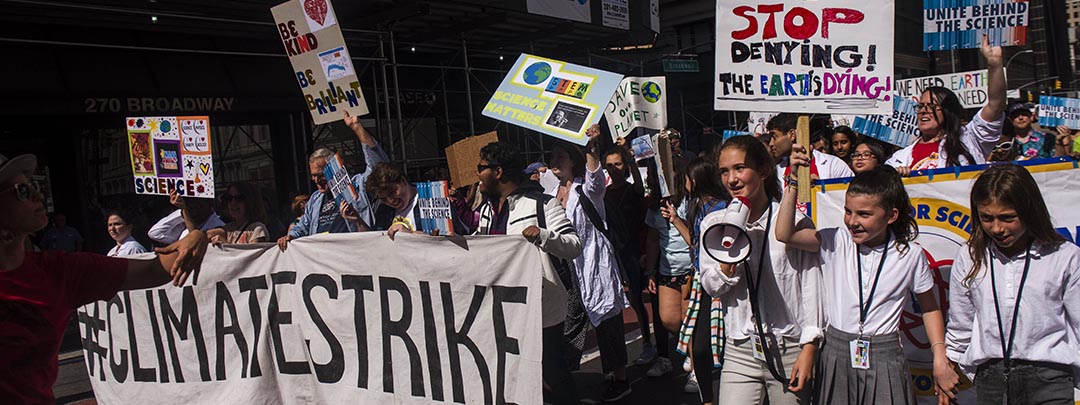COVID-19's Disproportionate Impact on Women and Girls
May 26, 2020
|
Jenn Williamson
View Original
Because women and girls are already socioeconomically marginalized in many societies, they are especially vulnerable in emergencies. As a result of the COVID-19 pandemic, women and girls in developing countries face disproportionate hardships, and the progress being made to close existing gender gaps may falter or roll back. For that reason, it is important for development organizations that serve them to apply a gender and social inclusion lens to their recovery responses.
The COVID-19 pandemic is a health crisis as well as a food security and economic crisis that strains supply chains, prevents agricultural activity, and causes economic slowdowns. Women make up a substantial proportion of agriculture producers and natural resource managers, and they tend to be over-represented in low-paid or informal jobs in economic sectors most affected by COVID-19. This article intends to provide gender and social inclusion recommendations for programming and internal operations during COVID-19, as many organizations aim to revive the agriculture sector and help economic market systems perform better in a new, socially distant world.
